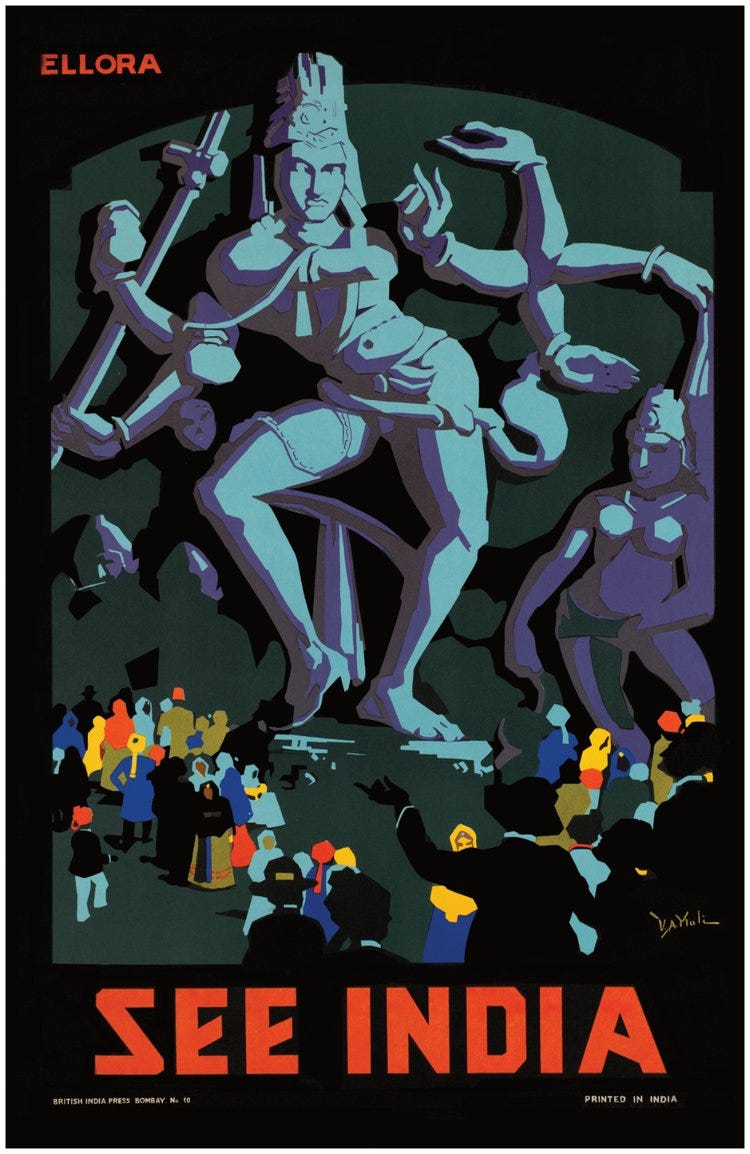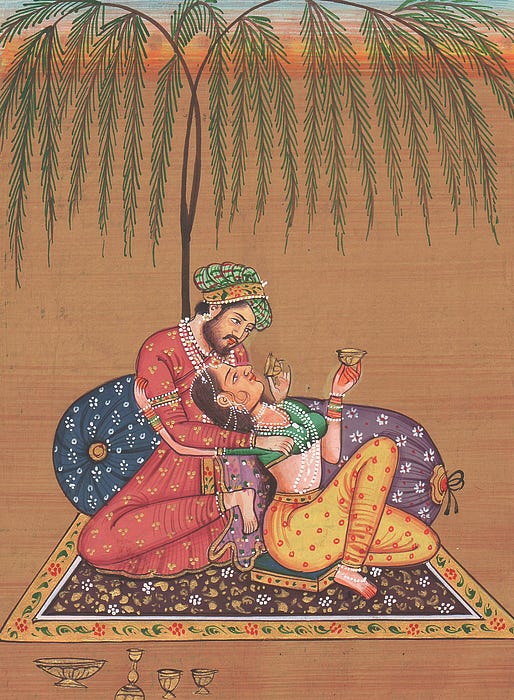Welcome to the Brown History Newsletter. If you’re enjoying this labour of love, please do consider becoming a paid subscriber. Your contribution would help pay the writers and illustrators and support this weekly publication. If you like to submit a writing piece, please send me a pitch by email at brownhistory1947@gmail.com.
Don’t forget to check out our SHOP and our Podcast.

Kamasutra: Exploring Socio-Sexual Norms Through a Feminist Lens
The Kamasutra, often misinterpreted as a guide to sexual pleasure, is a text deeply rooted in perpetuating casteism, sexism, and patriarchal power dynamics. While some argue it contains progressive elements, a closer examination reveals its true nature as a tool to legitimize the hegemony of heterosexual relations between upper-class men and women. Traditionally attributed to Mallinaga Vatsyayana, who is believed to be the author of the ancient Indian text on human sexuality and relationships, possibly compiled between the 2nd and 4th centuries AD, the Kamasutra has been subject to Orientalist interpretations, reinforcing cultural stereotypes, and oppressive social norms. Despite its historical significance, the Kamasutra continues to be seen as a symbol of Indian culture, often referenced in various media, including movies, further influencing popular perceptions.





